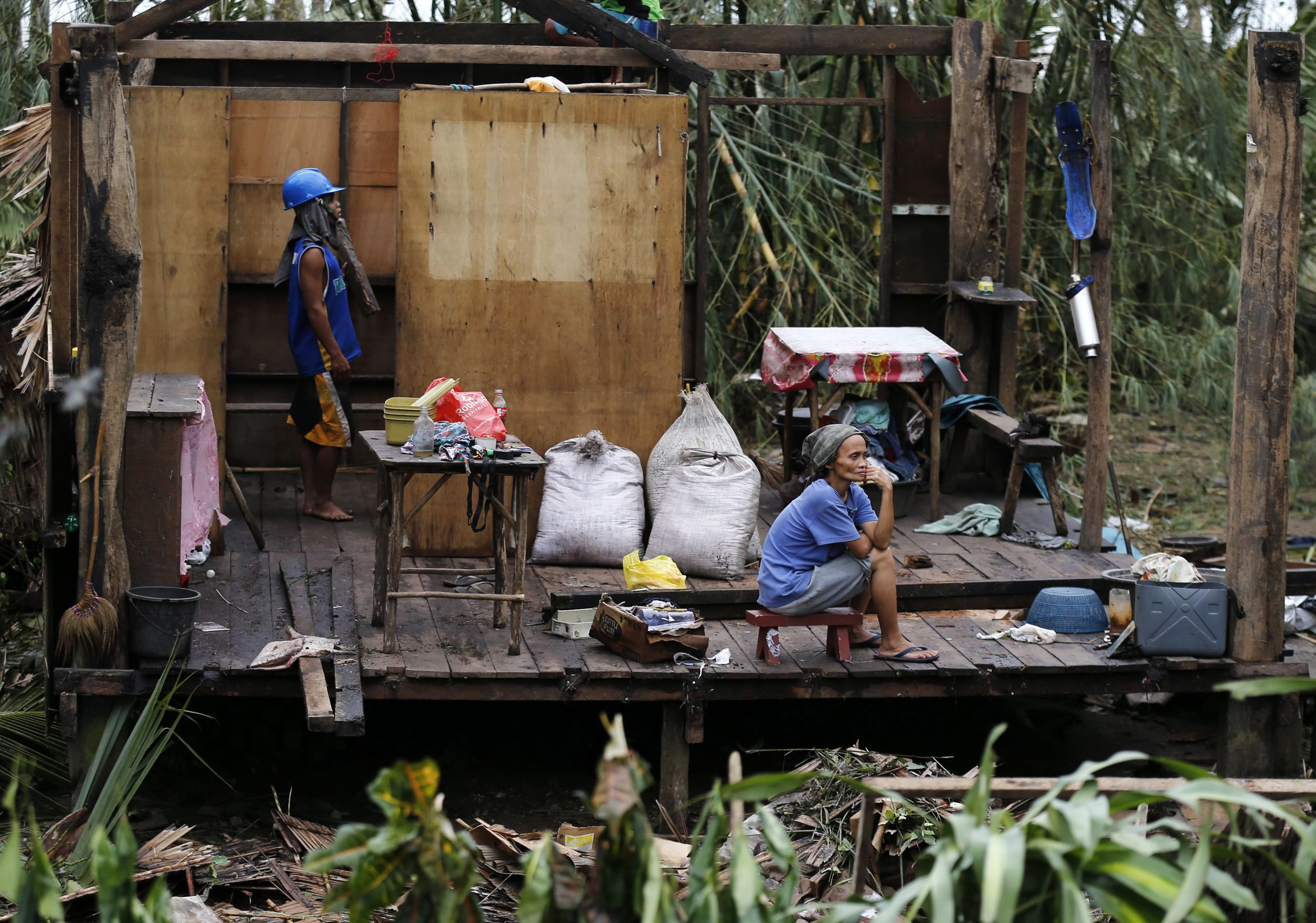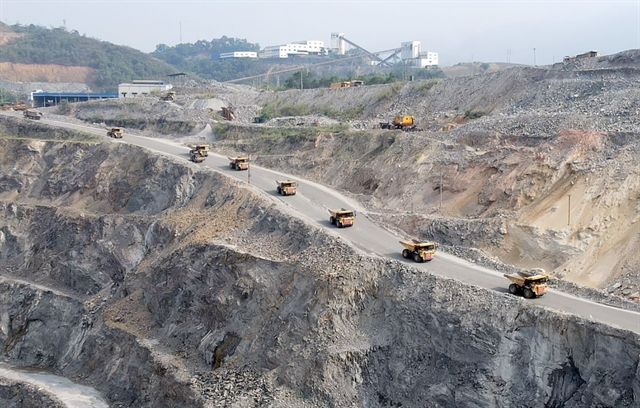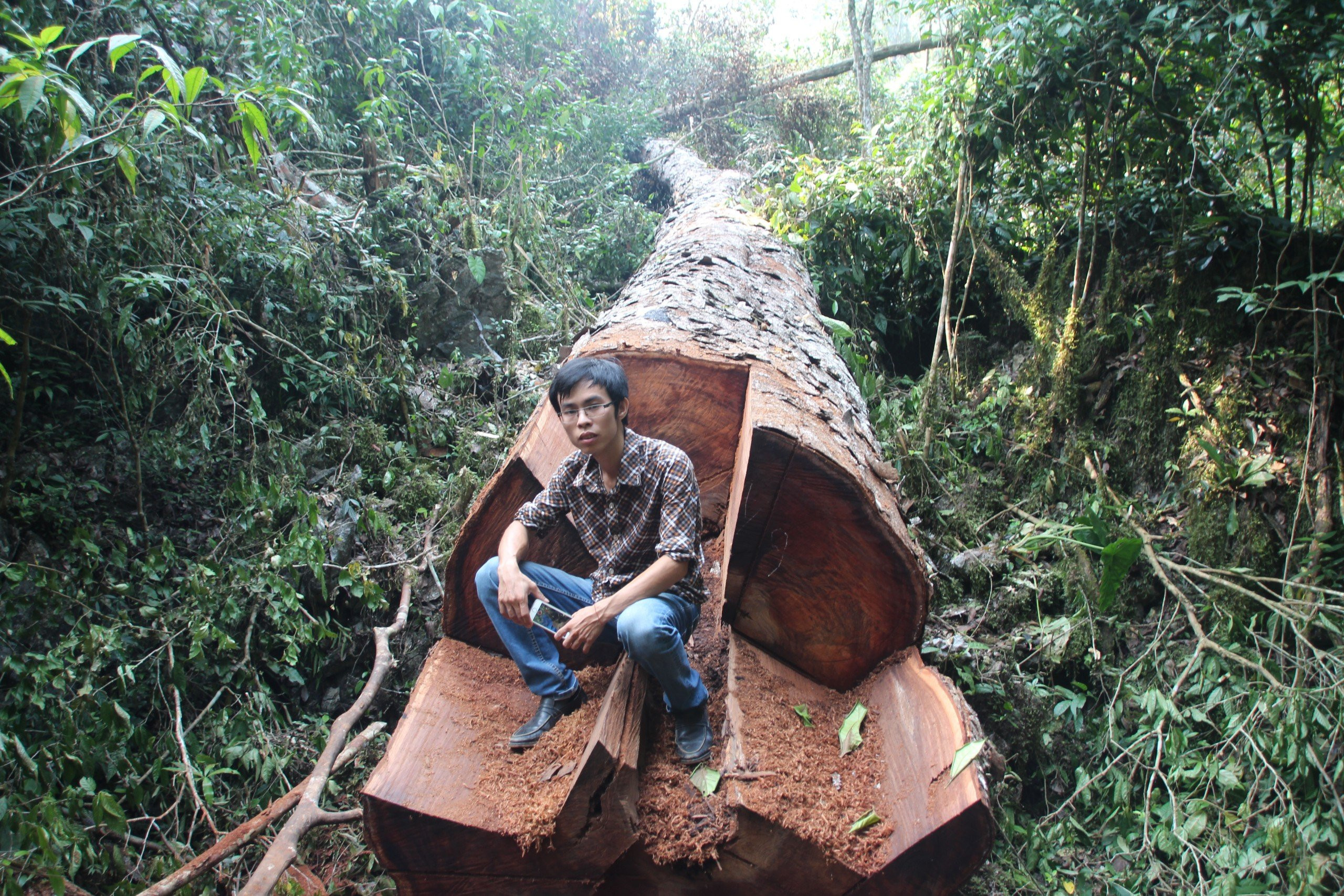Director of the People and Nature Reconciliation (PanNature) Trinh Le Nguyen said mineral resources were public assets owned by the entire people.
Thus, local people in the area that mining activities happened had the right to know specific information about the mine, what type of minerals, and who was assigned to exploit them by the State and local authorities, and what benefits the State, businesses and communities would enjoy from the mining activities, he said.

Where is South-East Asia?
After Typhoon Hagupit hit the Philippines last week, attention was once again drawn to the South-East Southeast Asian region. Yet, while the Philippines has an active role in the climate talks given its vulnerability and frequent impassioned pleas to spur climate action, other South-East Asian countries have been less vocal at this year’s climate talks.

At a press conference on Monday, Costa Rica announced that the Philippines will assume presidency of the Climate Vulnerable Forum in January 2015. The Climate Vulnerable Forum brings together 20 countries vulnerable to the effects of climate change to facilitate South-South cooperation. Many countries have also drawn attention to the plight of the Philippines to argue for a loss and damage mechanism. Extending his sympathies to the Philippines, the representative of St. Lucia argued adaptation can only go so far and that financing of a loss and damage mechanism was necessary.
While other South-East Asian countries are equally or more vulnerable to climate change compared to the Philippines, their presence is weak in Lima. According to the Notre Dame adaptation index which measures the vulnerability and readiness of countries, Cambodia, Laos, Timor-Leste and Myanmar have a lower adaptive capacity. Yet, unlike the Philippines which sent 30 negotiators, countries like Myanmar, Laos and Cambodia simply do not have the capacity to bring personnel to represent their interests across concurrent negotiations. According to Hla Maung Thien, deputy director-general of the ministry of environment, there are only five representatives in the Myanmar delegation at the climate talks this year, spread thin over least developed countries meetings and discussions on loss and damage. The delegation was not at the past two climate talks due to a “failure of communication.”
This underrepresentation extends to civil society presence within the negotiations too. There are six Singaporean youth from ECO Singapore here engaging with advocacy, however, most other South-East Asian youth are part of official government delegations. There is no known civil society presence from Myanmar and Laos. Nguyen Viet Dung from PanNature, an environmental NGO told The Verb that very few environmental organisations in Vietnam engage on a policy level domestically, let alone internationally.
Do South-East Asian countries band together then to exert greater influence at negotiations? The short answer is no.
Unlike countries within a region that organise at the climate talks such as the Independent Alliance of Latin America and the Caribbean, there is no such South-East Asian bloc. While the Philippines, Malaysia, Indonesia and Vietnam have traditionally been associated to the Like Minded Developing Countries (LMDCs) bloc, the Philippines have reportedly left the bloc for the Climate Vulnerable Forum, which also consists of two countries from South-East Asia, Timor-Leste and Vietnam.
Singapore is in a unique position. Classified as a non-annex one country, Singapore’s historical total contribution to global emissions is minimal and it has low alternative energy potential. Singapore has rapidly developed since 1992 and now boasts of a GDP per capita of $55,000, invoking pressures from other parties to contribute to the Green Climate Fund as Korea has done or to mitigate alongside developed countries of similar standards of living. With this dynamic, Singapore sees its role as a mediator between developed countries and developing countries and is a major proponent of the Intended Nationally Determined Contributions (INDCs), which allow for countries to put forward their best efforts in good faith, recognising “each other’s respective and unique national circumstances.”
While South-East Asian countries do not collectively exert influence at the climate talks, there are ongoing regional efforts that especially focus on adaptation. In early November this year, the Association of Southeast Asian Nations (ASEAN), issued a Joint Statement on Climate Change. According to the statement, ASEAN is supportive of including adaptation in the INDCs and emphasised fast capitalisation of funding for priority adaptation projects.
However, most adaptation projects occur outside of ASEAN on a bilateral or multilateral basis with donor countries and UN agencies. In July 2014, theGovernment of Myanmar signed an agreement with UNEP and UN-Habitat to implement a programme that seeks to enhance Myanmar’s climate resiliency.
Vast differences in capacities to effectively contribute to negotiations exist among Southeast Asia countries. Asequity emerges as a key contentionleading up to the Paris Agreement, countries just have to look around to realize that the countries most disproportionately affected by climate change are not the ones in the driving seat making the decisions for the future. Even among developing countries.



